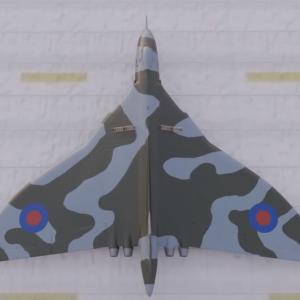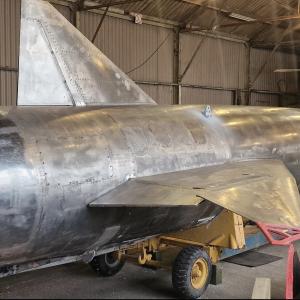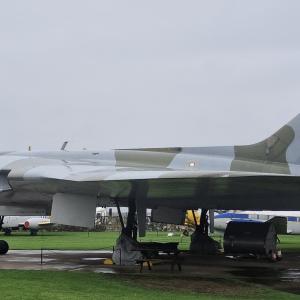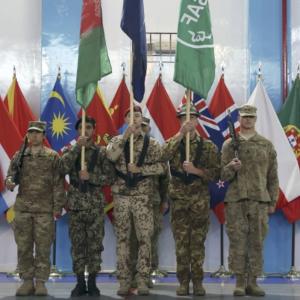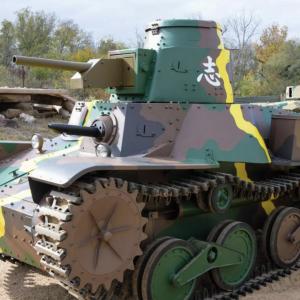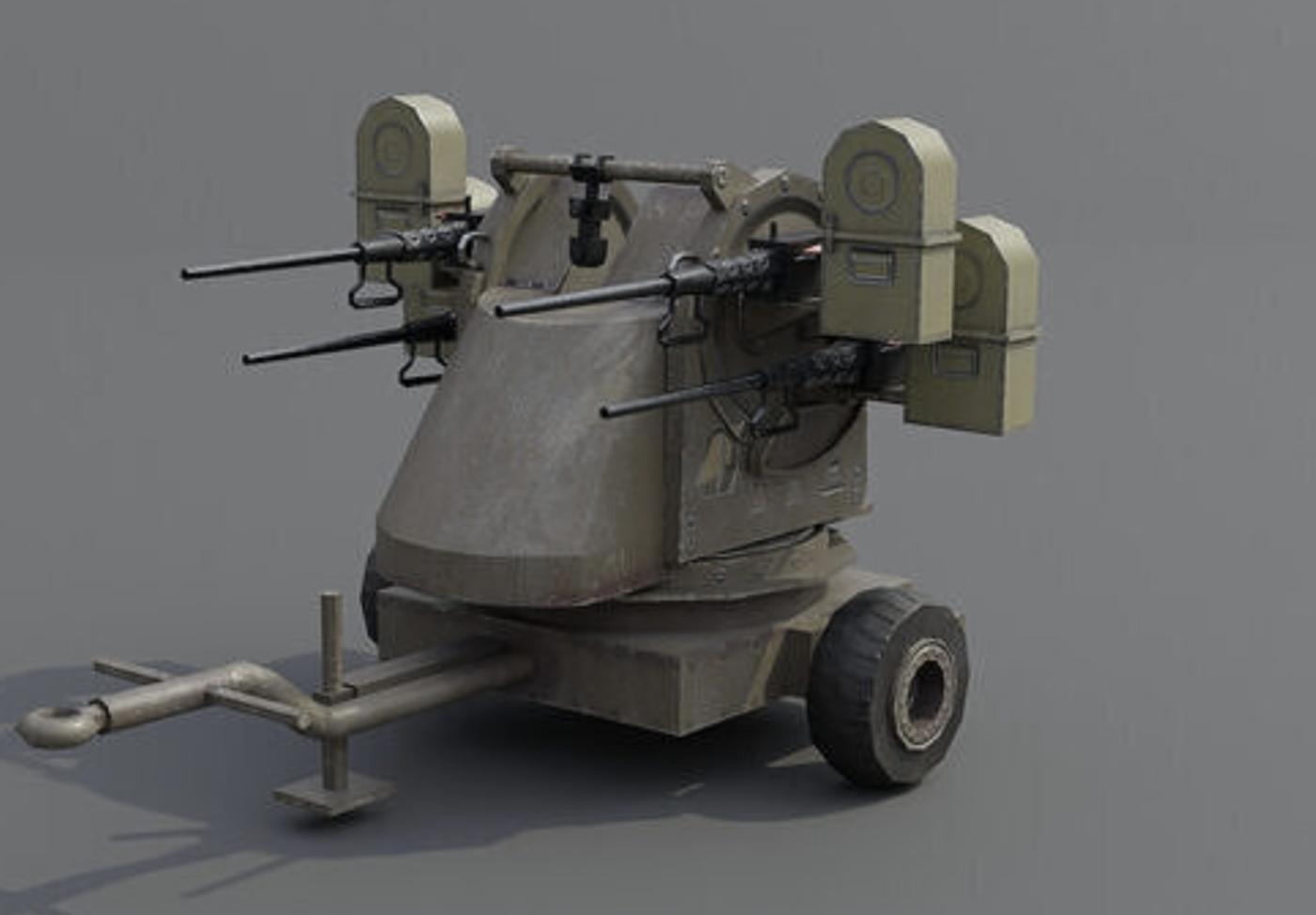
50 Cal Meat Chopper
The "Meat Chopper" was the nickname given by U.S. troops to the M45 Quadmount, a towed anti-aircraft weapon system featuring four .50 caliber M2 Browning machine guns mounted together on a rotating turret. Its fearsome nickname came from its devastating firepower, which could shred infantry, light vehicles, and low-flying aircraft. Officially known as the M45 Quadmount, it was an improvement on earlier twin-mounted designs and one of the most lethal close-range anti-aircraft systems of its era.
The M45 Quadmount was developed during World War II by the W.L. Maxson Corporation, a U.S. company specializing in automatic weapon mounts. The system evolved from earlier versions such as the M33 and M51 mounts. Maxson created the mount to increase anti-aircraft effectiveness for mobile units, particularly against fast, low-flying aircraft. The M45 was mounted on a trailer (known as the M20 trailer) for mobility or fitted on half-tracks (notably the M16 Multiple Gun Motor Carriage) to provide mobile anti-air defense for armored and infantry units.
Each of the four .50 caliber machine guns could fire at a rate of approximately 450–600 rounds per minute, producing a combined rate of fire around 1,800–2,400 rounds per minute. The guns were electrically powered and controlled via a single gunner with hand-operated elevation and traverse controls, which allowed for relatively fast targeting. It was often equipped with a computing sight for improved accuracy against aircraft. The quad mount allowed for overlapping fields of fire, resulting in a dense cone of bullets, devastating to both air and ground targets. The M45 also had a distinctive dome-shaped gun shield to protect the operator, adding to its menacing appearance.
The M45 Quadmount was used extensively by the United States during World War II. It first saw combat in the European Theater, where it was employed on trucks, half-tracks, and static positions to defend against Luftwaffe strafing runs and dive bombers. However, as Allied air superiority increased and German air attacks declined, its role shifted to ground support. U.S. infantry units quickly realized that the weapon was highly effective against enemy infantry, trucks, and even lightly armored vehicles. It could fire suppressive barrages and clear enemy strongpoints with terrifying efficiency, especially in urban combat and during assaults on fortified positions.
During the Korean War, the M45 Quadmount saw even greater utility in a ground combat role. The nature of the conflict, with waves of Chinese and North Korean infantry attacking in massed formations, made the "Meat Chopper" invaluable. Mounted primarily on the M16 MGMC (a half-track vehicle), it became a front-line weapon, delivering devastating firepower during defensive actions. Its psychological effect on enemy troops was significant, and its ability to halt large-scale infantry assaults earned it a deadly reputation among both American troops and their adversaries.
The M45 continued to serve into the early years of the Vietnam War, although it was eventually phased out in favor of more modern systems. Nevertheless, its legacy remained as a symbol of raw firepower and battlefield dominance. The M45 Quadmount influenced the design and tactical use of later anti-air and anti-personnel gun systems. While not originally designed for ground warfare, the flexibility of its platform and sheer volume of fire made it one of the most feared weapons on the battlefield wherever it was deployed.

